The opening moments of Batman: Caped Crusader give you every impression that this is going to be a faithful animated adaptation of the Dark Knight. The ominous silhouette of a member of the rogues gallery, mobsters whispering about the urban legend of a bat taking out their peers, and a smoke-enshrouded fight where Batman picks them off one by one. It would be easy to think that we’re seeing an extension of Batman: The Animated Series due to the reuse of Bruce Timm’s art style, but the show makes sure to quickly separate itself when we see one mobster shot and presumably killed by another, something the network censors of the previous adaptation wouldn’t have allowed in a kids’ show.
Continuing forward, the differences become even more clear. This is not Batman: The Animated Series, nor is it trying to be. This series has much more in common with 2022’s The Batman than it does the beloved 90’s cartoon, though it doesn’t directly take place in that universe either. Gotham City feels like a smaller location set somewhere around the 1940’s. You won’t see people talking on cell phones, or even a computer in the Batcave. Some character interpretations and designs feel very faithful to their comic book counterparts, while others are completely new takes.
Let’s start with Batman, voiced by Hamish Linklater. Batman here is very cold, emotionally isolated, and utterly detached from those around him. He even refers to his surrogate father as simply “Pennyworth,” an indication of where their current relationship lies. I’m very picky about Batman voices, and Linklater is turning in a solid performance here, if a little monotone. His Bruce Wayne is slightly more upbeat in a forced way, but not quite distinct enough for my liking. I don’t blame the performance solely on Linklater though, as it seems to perfectly suit this version of the detective’s personality, a bit monotone and flat. Perhaps it’s because we’re seeing a Batman earlier in his career who’s focused more on the mission, but this take on the character lacks the humanity felt in Conroy’s beloved Dark Knight.
As for the rogues, there are some significant changes made that are likely to upset fans who were hoping to see more accurate interpretations of the villains they’re familiar with. A female version of The Penguin has been reimagined as a cabaret singer/mob boss, Catwoman is a fallen-from-grace socialite who steals to regain her lost fortune, and Harley Quinn is a psychiatrist who uses extreme treatments with her patients, often speaking more calmly and controlled than her unmasked, public persona. It’s a far cry from the chaotic, bubbly Harley who originated in Batman: The Animated Series.
I don’t mind reinterpretations, as long as they’re justifying the change by doing something more interesting than would’ve been possible with the source version. For example, in Batman: The Animated Series, Mr. Freeze was reimagined from a character that was a simple thief into a tragic figure with a completely new backstory. He’s now seen as a major player among Batman’s villains and a fan favorite. This, unfortunately, is never the case with these new rogues. The Penguin could’ve just as easily been a man in the same role, Catwoman being a spoiled former rich kid takes away any sympathy we would’ve had for her, and Harley’s change just makes her a lot less fun and unpredictable. Instead of acting as a contrast to Batman in the same way the Joker does, her supervillain persona is as dark and monotone as Batman’s is. Likewise, Harvey Dent is a bit of an arrogant jerk throughout the first season, making his inevitable transformation far less tragic.
Let’s pivot to talk about some of the high points of the series. Bruce Timm’s familiar art style is a welcome inclusion, even if the animation feels a bit stiff at times. The score is moody and fantastically matched to the tone of the show. There are also a few standout episodes among the bunch. The first, “And Be A Villain,” sees the Basil Karlo version of Clayface in a Hollywood murder mystery, while “Nocturne” explores a supernatural character who’s abducting orphans. The reimagining of Barbara Gordon as a working lawyer instead of a college student also brings something new to her character. She becomes a central player in this series, and her new role allows an exploration of the dynamics between the law, justice, and vigilantes through her relationships with Harvey Dent, Jim Gordon, and Batman.
Ultimately, Batman: Caped Crusader is trying to build its own universe with its own interpretation of the mythos, and I can’t say that it’s unsuccessful in doing that. There is a very clear mood and tone to the show, but between Batman being as two-dimensional as he is and the downgrades made to what’s largely considered the greatest rogues gallery ever, I can’t say that I had a lot of fun watching it. I’ll definitely tune in for Season 2 (which has already been ordered) to see how things evolve, but at this point my expectations have been tempered.
All 10 episodes of Season 1 of Batman: Caped Crusader release on Prime Video on August 1, 2024.


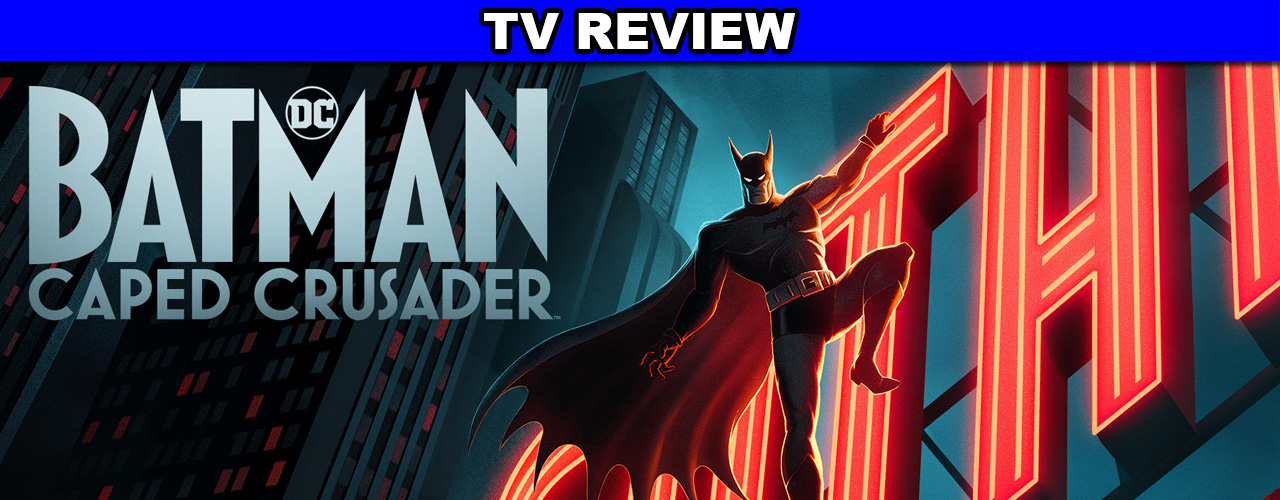
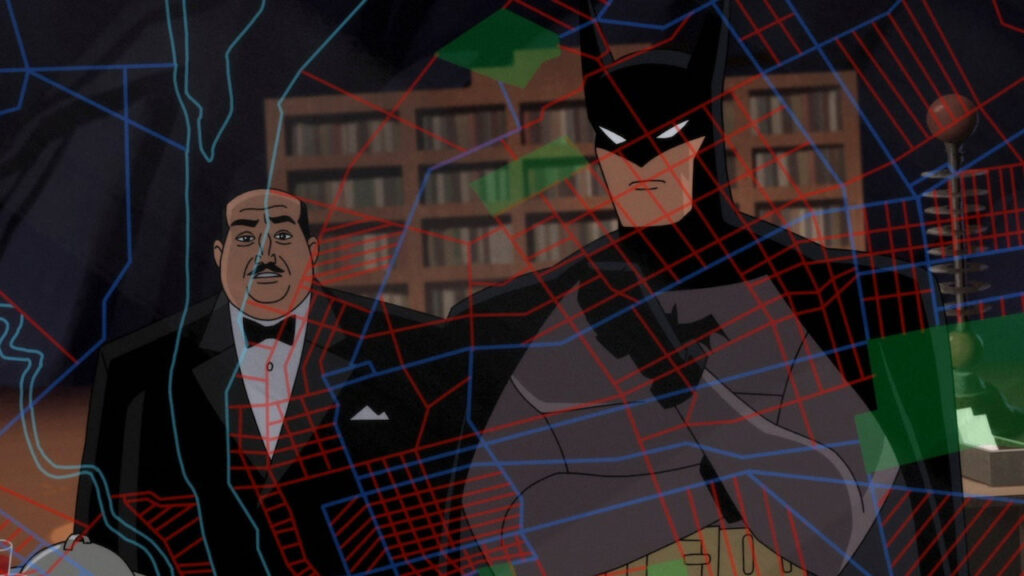
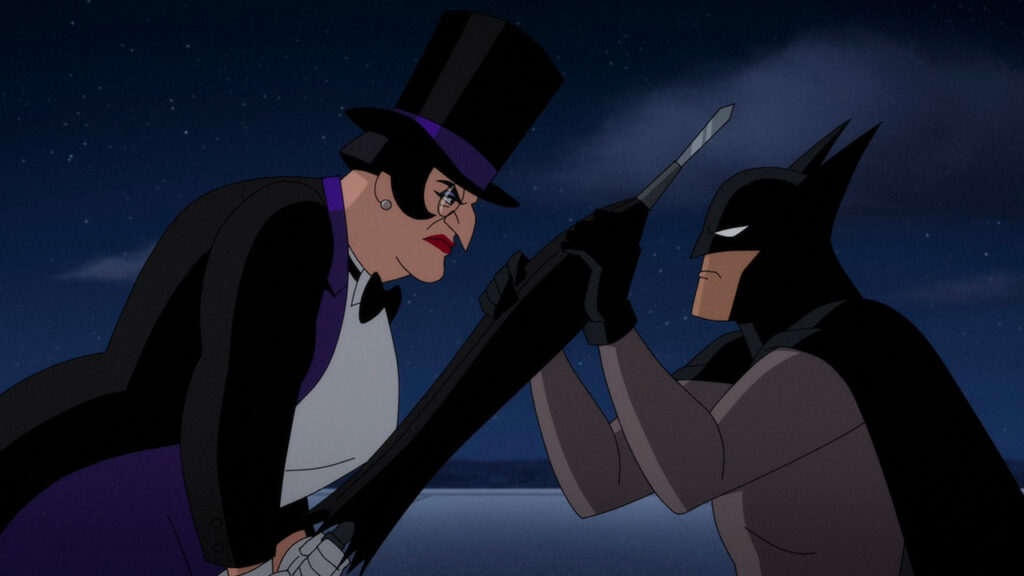
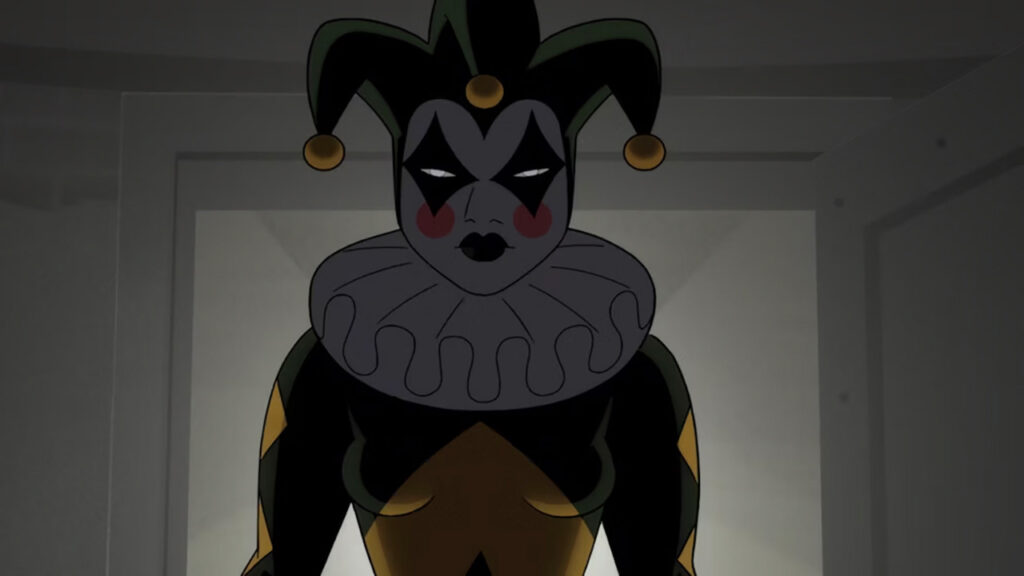
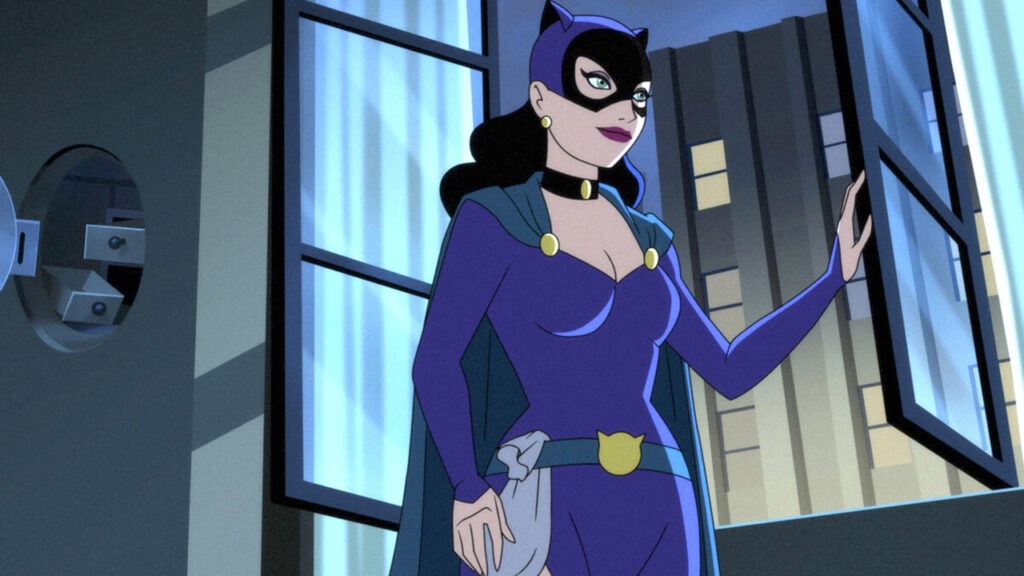




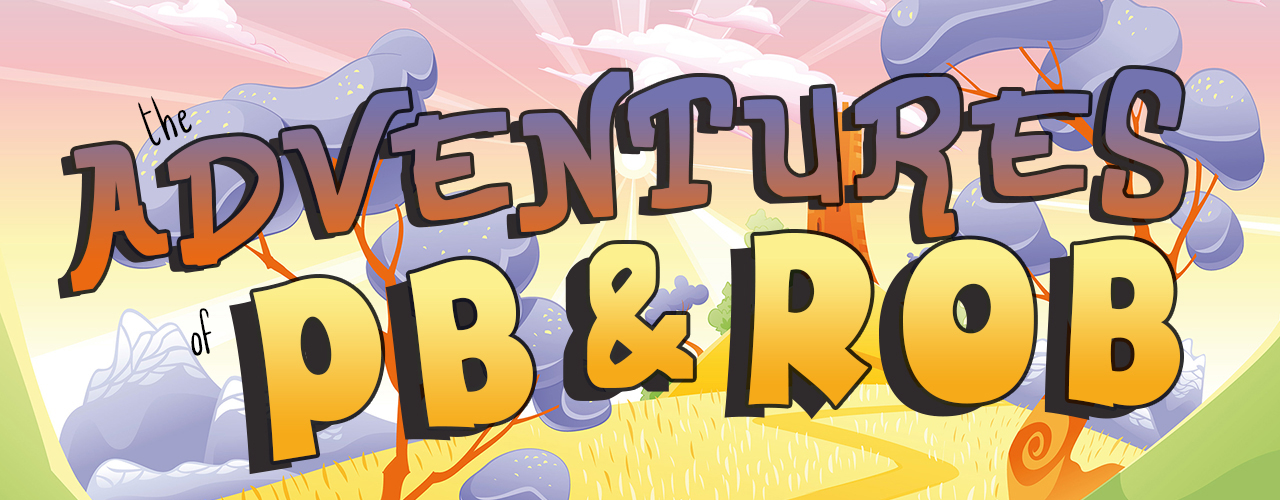

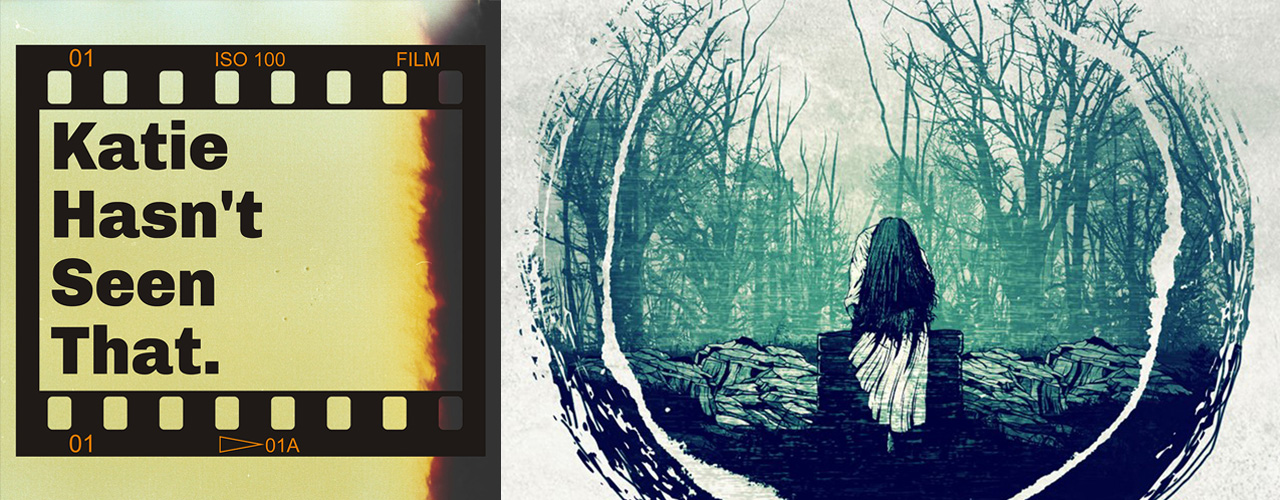
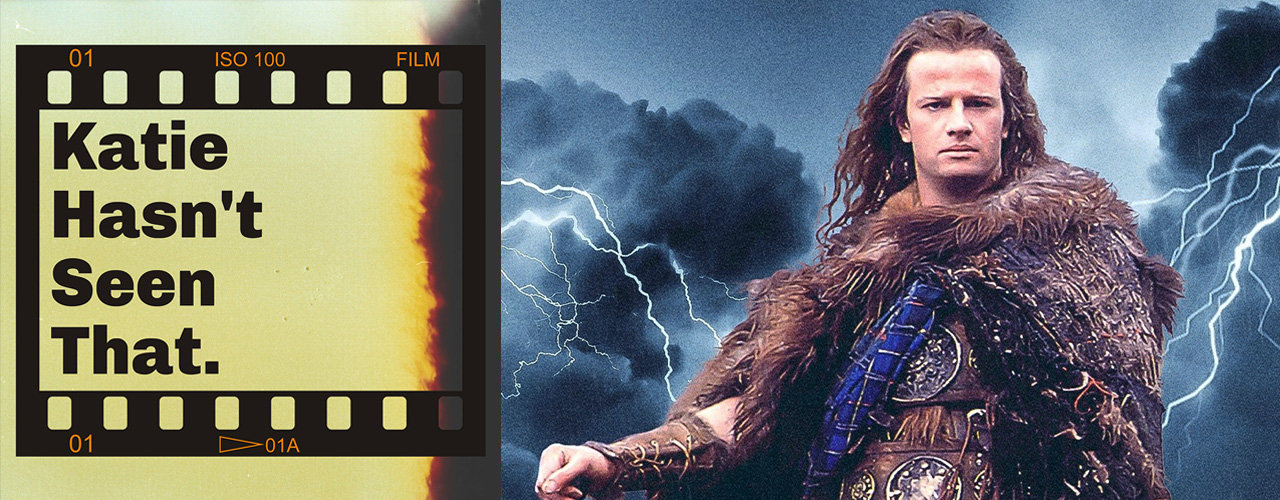





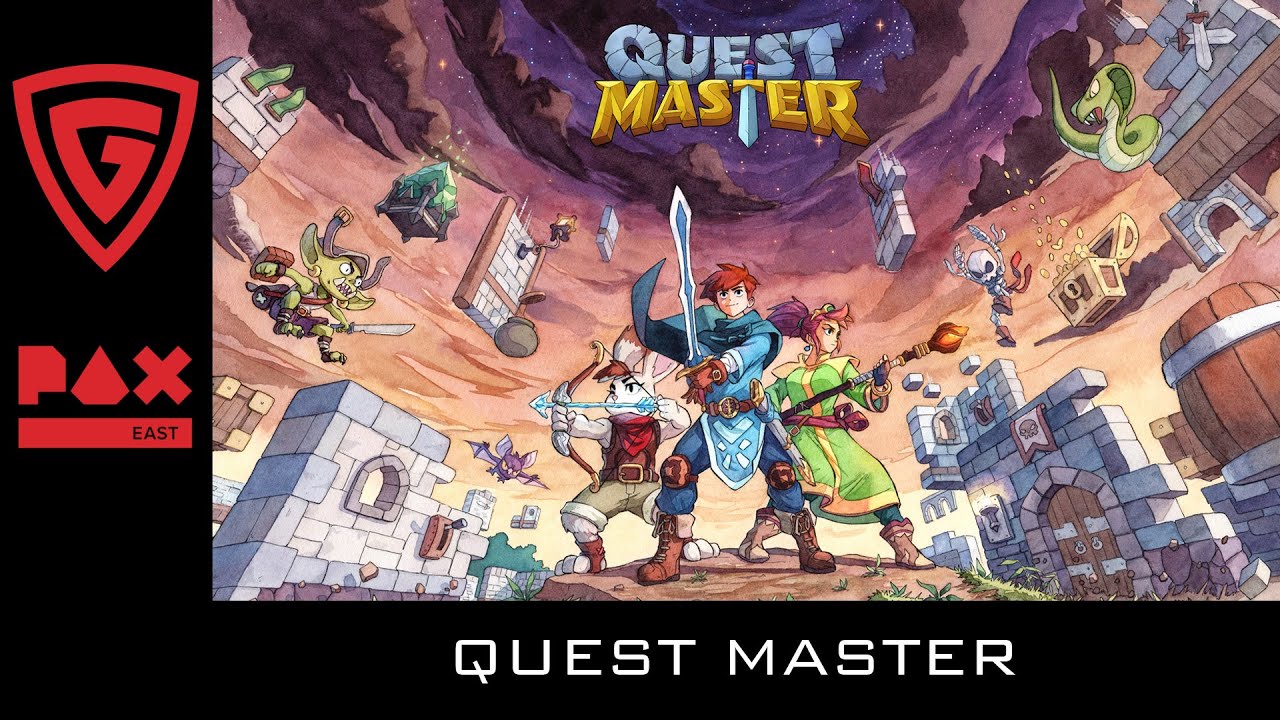


Add comment